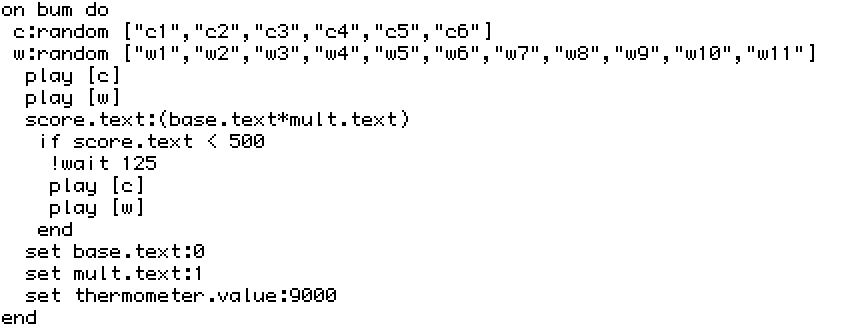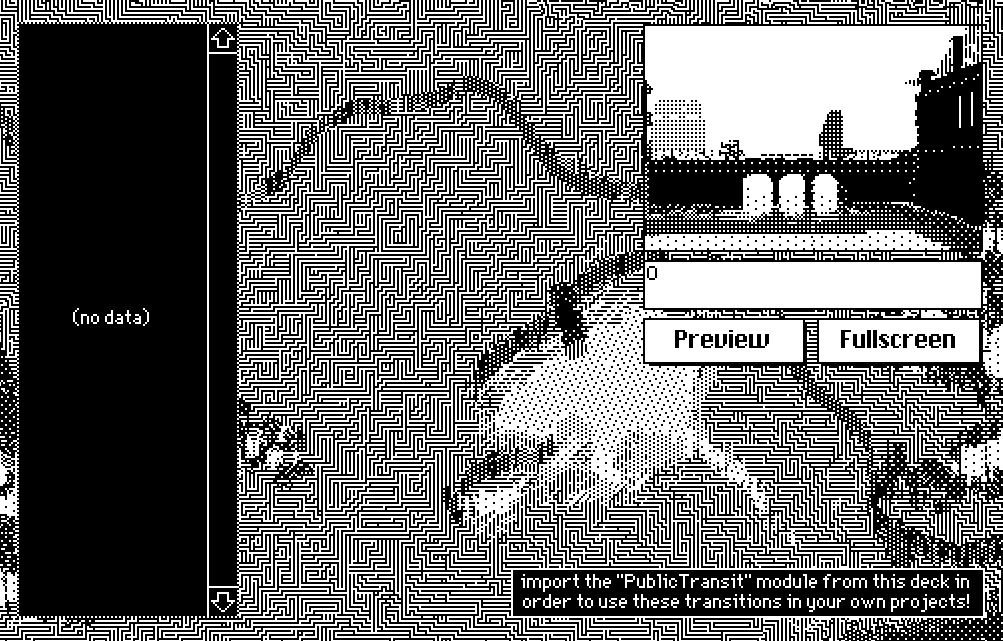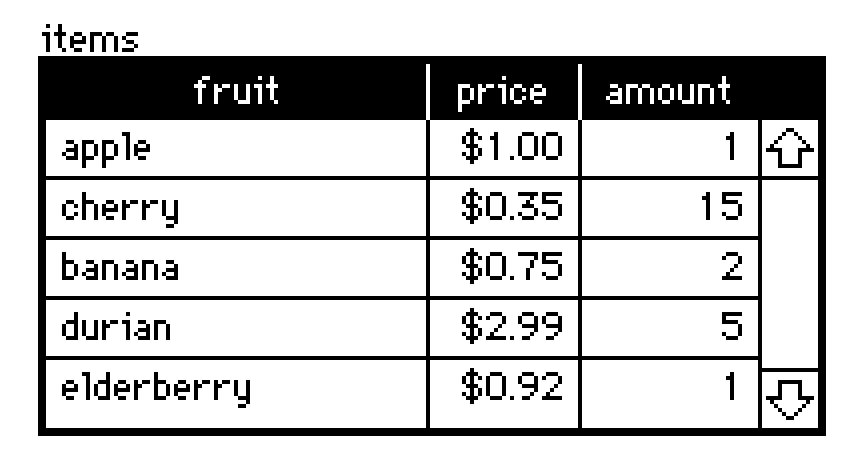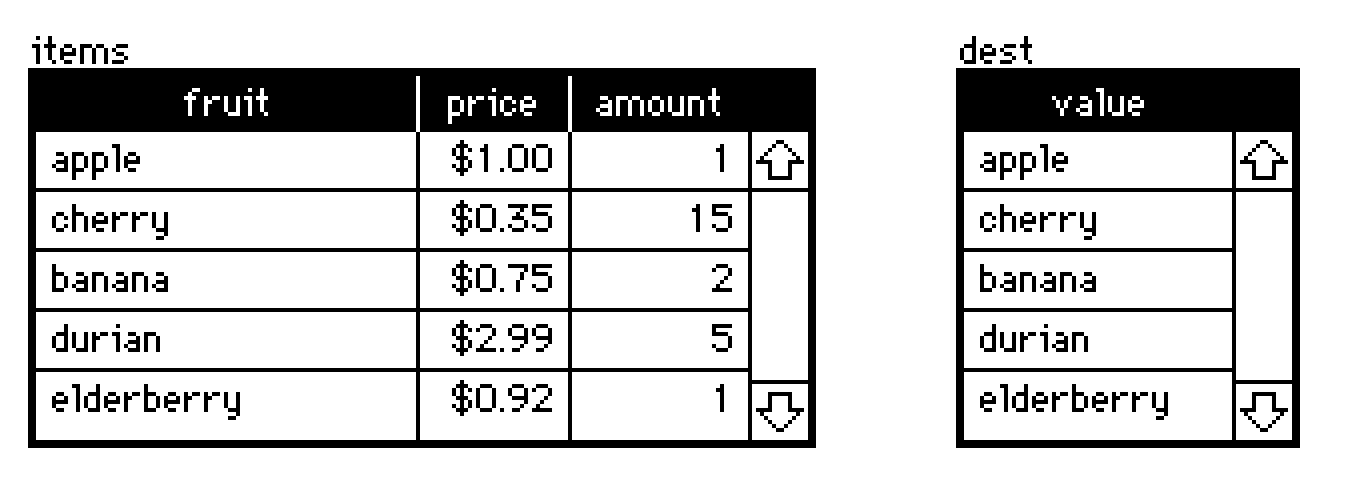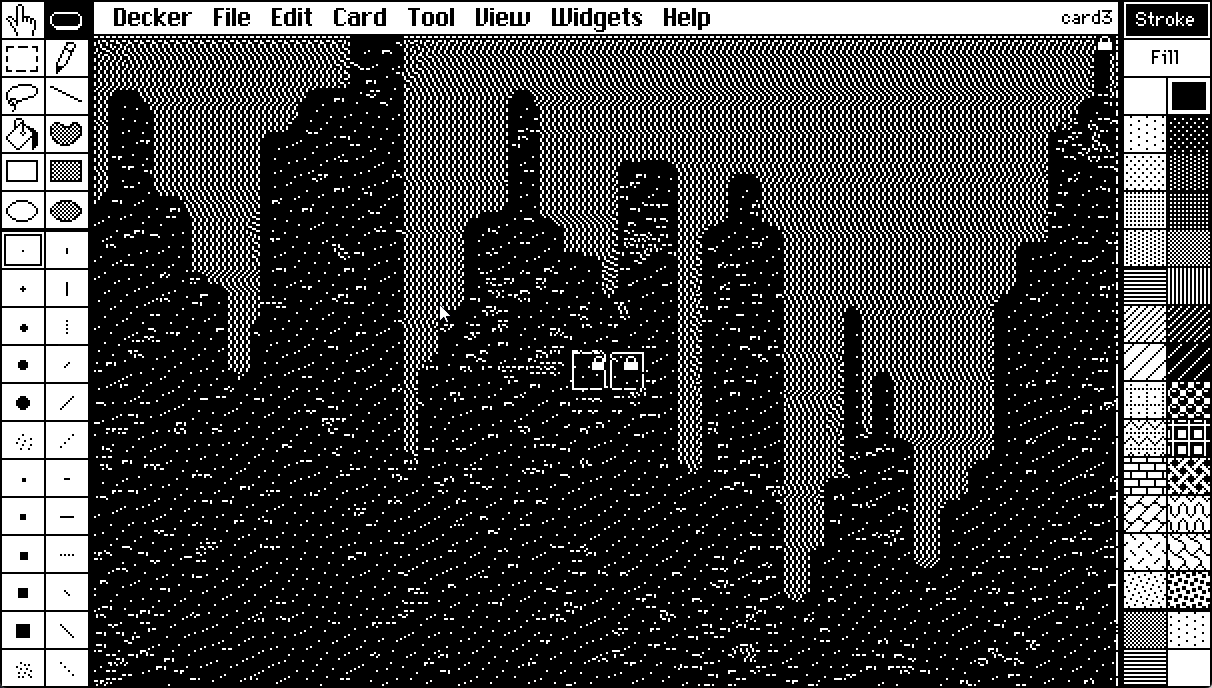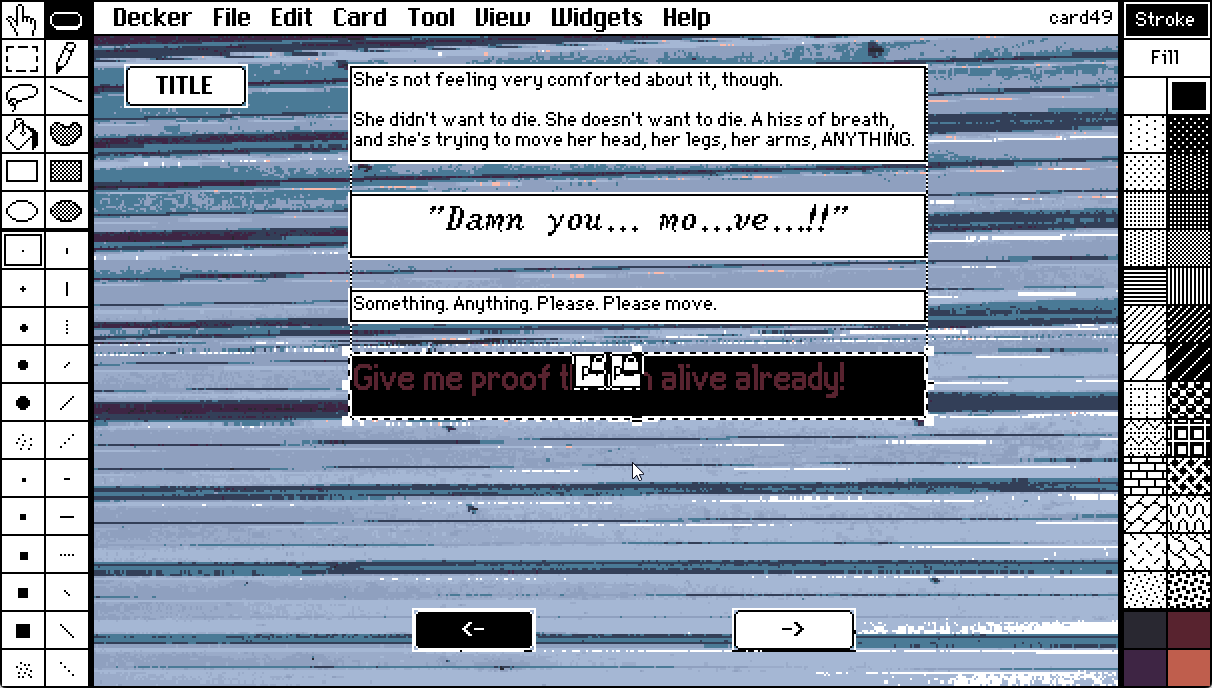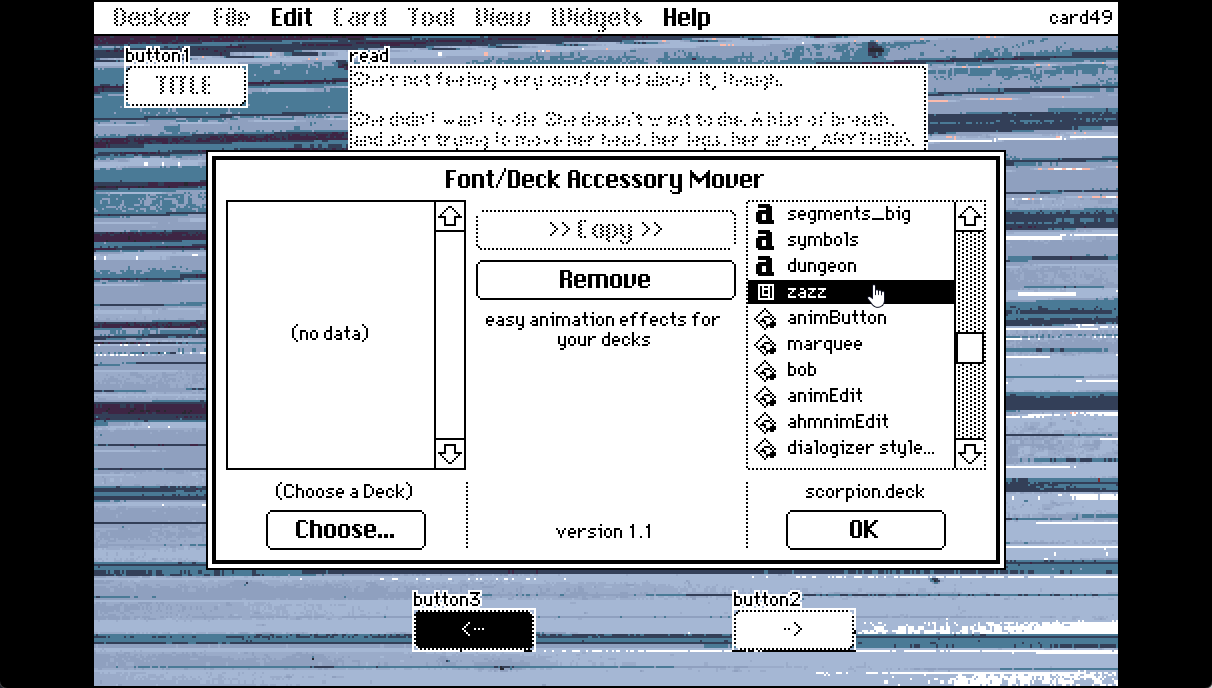Some users have mentioned having a question or two that were small enough that they didn't feel like they wanted to make a new thread.
So here's a place to ask and answer general questions about Decker.
No question too small or silly! It's always good to ask if you're feeling confused about something
-----
If your question is about Lil (the scripting language) specifically you could check out the Lil Programming Questions thread instead.



